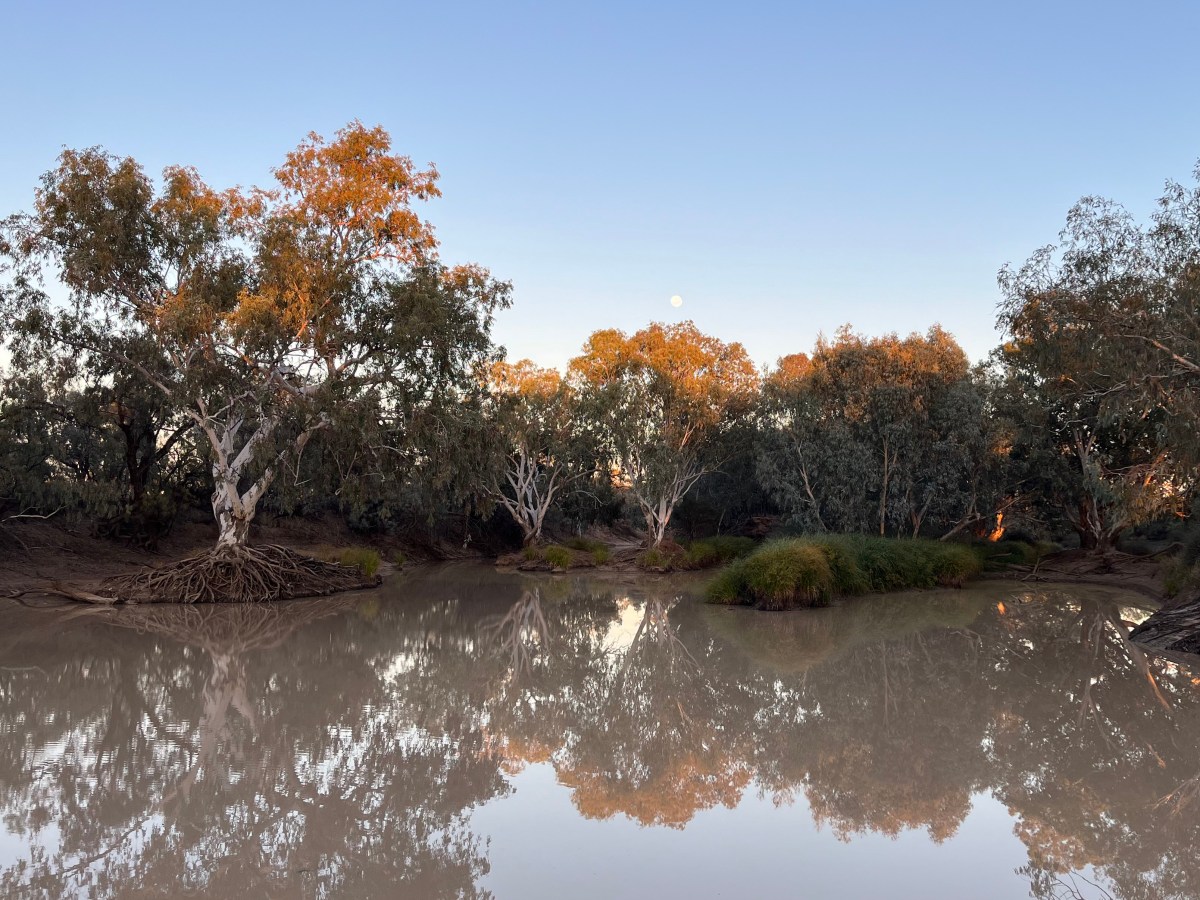A first-of-its-kind carbon farming and finance partnership has returned the spectacular red earth country Thargomindah Station, with its vast floodplains fringed by Gidyea, Eucalypt and Mulga woodland forests to the Kullilli people.
Having been forcibly removed from their lands between the 1880s until the late 1960s, after more than a century of dispossession the far south-west Queensland native title holders can finally go home to the banks of the Bulloo River.
An innovative finance partnership
The Kullilli Bulloo River Aboriginal Corporation (KBRAC) secured the landmark acquisition of 47,100 hectares of the traditional lands for $6.1 million at auction, financed through an innovative finance partnership underpinned by carbon farming.
The majority of the financing came from leading impact investor, Conscious Investment Management (CIM), with the investment stacking up based on forecast income from the carbon farming project. The loan is to be repaid through the proceeds of selling Australian Carbon Credit Units, rather than selling the land or from other revenue sources.
“This finance model is unique. It has given the Kullilli people a pathway to acquire their land and directly manage the property from day one. This structure differs from other carbon farming projects with Traditional Owner involvement, which often require the property be sold at the end of a project’s life”, says CIM director Iain Wood.
Carbon farming to regenerate forest and heal Country
The Kullilli people secured approval of the pastoral lands from the Clean Energy Regulator for the Thargomindah Station Regeneration Project earlier this month, with support from its long-time carbon farming partner Climate Friendly.
KBRAC director Cassandra Stevens said, “We are thrilled to begin a new chapter at Thargomindah Station, where we look forward to implementing our traditional knowledge alongside innovative land management and sustainable agricultural practices to regenerate native forest and heal Country.”
Such a model puts the Kullilli people in the driver’s seat, allowing for the regeneration of the culturally and environmentally important woodland forests through carbon farming.
A blueprint for First Nations economic empowerment
Given the Kullilli carbon farming investment is the first-of-its-kind, it offers a blueprint for First Nations economic empowerment across Australia, says Wood.
CIM, together with Climate Friendly and the Kullilli people recognise the opportunity to replicate this innovative finance and carbon farming model with other First Nations groups, and work to scale it up to promote First Nations economic empowerment alongside climate and nature repair around Australia.
“The structuring, the thought behind it, the legal structures have been done. It’s never easy, but we hope it’s a cookie cutter approach to do other projects like this.”


Leave a comment